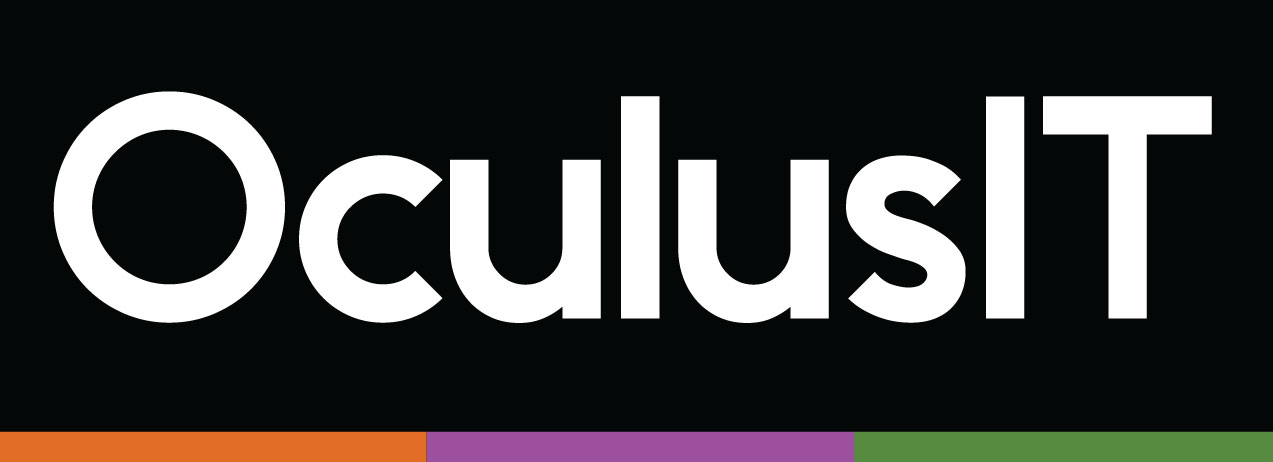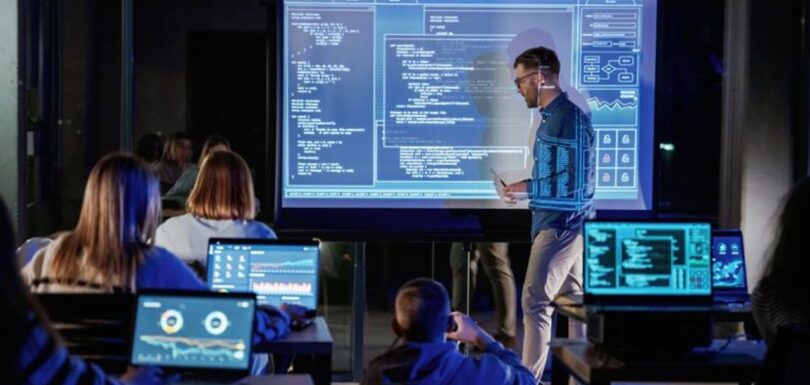How Student Technology Expectations Are Changing and the Impact on Campus IT
How Student Technology Expectations Are Changing and the Impact on Campus IT Reading time: 5 Minutes Maya is a first-year student trying to complete a simple task: submit a required form before her financial aid can be finalized. She opens the campus portal on her phone between classes, but the page does not load correctly. Later, she tries again on her laptop, only to find different instructions than what her roommate received. By her third attempt, she is frustrated and emails support, hoping someone responds before a deadline slips. To Maya, this was supposed to be quick. To the institution, it is another reminder that small digital friction points shape the entire student experience. As 2026 approaches, these micro-moments are becoming the clearest signal of whether campus technology is keeping up with student expectations. What Students Expect From Campus Systems Now Students arrive with a digital mindset shaped by services they use every day. They expect campus technology to feel intuitive and responsive, especially when the stakes are high. Modern expectations include: consistent experiences across phone, laptop, and tablet instructions that are simple and match what other offices communicate updates that appear immediately after completing a step fewer repeated or unclear tasks help that is accessible without long delays Students do not think about the complexity behind these systems. They think about whether technology helps them move forward without confusion. Where Students Notice Friction First The disconnect between expectation and reality appears in small moments that often carry emotional weight. A delay in a confirmation message feels uncertain. Conflicting instructions from two offices feel like a mistake. A task that takes too many steps feels discouraging. These moments include: forms that behave differently on various devices steps that appear in one system but not in another unclear instructions that require asking peers for help slow responses when they reach out during stressful periods processes that assume students already know how things work What looks operational internally feels personal externally. A Day in the Life When Technology Works Smoothly In a more aligned environment, Maya’s experience looks different. Her advising appointment updates her checklist automatically. Her portal clearly indicates what is due next. The link she taps on her phone takes her exactly where she needs to go. If she pauses for too long, she receives a reminder written in plain language. When she contacts support, the staff already has her context because information flows across systems. Behind the scenes, this requires: integrated systems that share information reliably standardized workflows instead of office-specific variations coordinated support channels that do not operate in silos documentation that ensures continuity when staff change consistent naming, steps, and instructions across departments To the student, this feels effortless. To the institution, it reflects operational maturity. What Higher ed leaders Are Recognizing About 2026 As higher ed leaders look toward the next strategic planning cycle, many are realizing that student experience hinges less on specific platforms and more on how well campus systems complement each other. The real barriers often include outdated workflows that no longer match student expectations, data inconsistencies that create delays, and support models stretched thin during peak periods. At the same time, leaders are seeing a shift in what students expect from institutional communication. They want timely, accurate, and proactive information that reduces uncertainty, especially during financial aid review, registration, and advising windows. These insights are pushing technology leaders to view student experience as an ecosystem rather than a collection of tools. How Institutions Are Improving Experience Without Full System Overhauls Many campuses are making measurable improvements through targeted adjustments rather than major system replacements. These efforts often focus on: simplifying steps that consistently confuse students tightening integrations so updates carry across systems improving communication templates for clarity and tone expanding support hours during high demand cycles documenting workflows so knowledge stays institutional reviewing common student journeys to remove unnecessary steps These refinements create visible improvements quickly and reduce strain on both staff and students. Where Higher Ed Goes From Here Digital experience is becoming central to student success, retention, and institutional reputation. It reflects how well departments, systems, and support structures work together. As expectations rise, the question for institutions is no longer whether they can improve the experience but whether they can do so in a sustainable way that strengthens operations and student trust at the same time. The institutions that lead in 2026 will be the ones that build environments where clarity replaces confusion, support is consistent, and technology helps students stay on track without needing to navigate unnecessary obstacles. Bringing Clarity to the Student Experience If your institution is working to reduce friction in digital interactions, strengthen integrations, or realign workflows around the student journey, OculusIT can help you move from isolated fixes to connected progress across your campus environment. Discover what this work can look like at www.OculusIT.com











